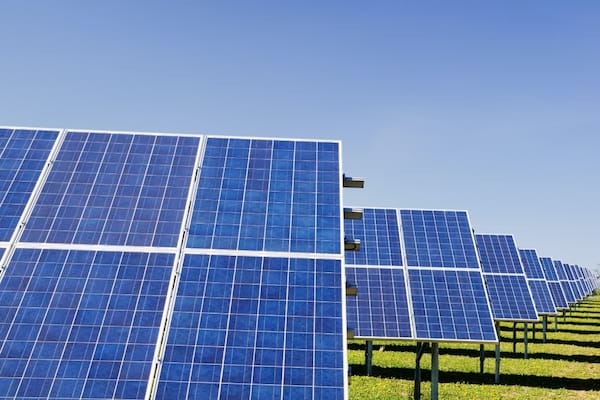Solar Energy Expected to Lead 2021 in Renewable Energy Capacity



Solar energy is having a moment. Despite economic uncertainty, political turmoil and a global pandemic, clean energy emerged from the chaos of 2020 as both a powerful driver of growth and a clear trend of the future. Renewable energy is expected to account for more than two-thirds of all new generation capacity installed in America in 2021, helping to create a more sustainable energy grid. Not surprisingly, clean and affordable solar energy is leading the way.
When the International Energy Agency issued its annual World Energy Outlook in October 2020, its outlook on solar energy couldn't have been more clear. Hailing it as the "new king of electricity," the IEA proclaimed that solar photovoltaic technology is - and will remain - at the center of a new revolution in clean energy. The agency pointed to a combination of maturing technologies, steeply reduced costs and increasingly supportive government policies as key factors in solar's rapid growth.
In spite of pandemic-related disruptions, the United States added a record-breaking 19 gigawatts of new solar capacity in 2020. Given current and expected trends, that record is likely to fall again this year. With a new presidential administration and a greater emphasis on clean energy initiatives, changes in the political landscape may give solar and other technologies a boost as well.
In another encouraging sign, battery storage capacity is experiencing a boom of its own. Around two-thirds of solar projects are now paired with battery storage. Thanks to falling prices and technological innovations, such solar-plus-storage setups are rapidly becoming the norm in many areas.
Florida may be known as the Sunshine State, but no state in the nation is more closely associated with solar power than California. From small residential setups to massive utility-scale installations, solar generation systems are ubiquitous across much of the state. Indeed, the Golden State has long served as a model for nurturing and investing in the growth of clean, sustainable energy.
As of 2020, California is already home to more than 1.2 million solar installations across the state. With a total capacity nearing 30,000 megawatts, this constellation of generation systems can provide enough electricity to power almost eight million homes. Texas, which ranks second in the United States in most solar energy metrics, boasts a total capacity of just 6,750 megawatts.
In addition to its longtime spot atop the rankings of installed capacity, California also paces the country in projected solar growth. Over the next five years, analysts estimate the state will be able to increase its production capacity by over 17,000 megawatts. With most new construction now requiring solar panels, such a lofty goal seems entirely within reach.
California has also been instrumental in fueling the growth of solar battery installations. By combining aggressive policymaking with focused investments, the state has emerged as a clear leader in energy storage. In 2021 alone, officials are expecting to add at least 2,000 megawatts of new storage capacity to help withstand the stress that California's long, hot summers often place on its electrical grid.
It's never been more clear that renewable energy is the wave of the future. It's also never been more clear that solar power will be the driving force behind this clean energy revolution. For the people of California, that means plenty of sunny days ahead.